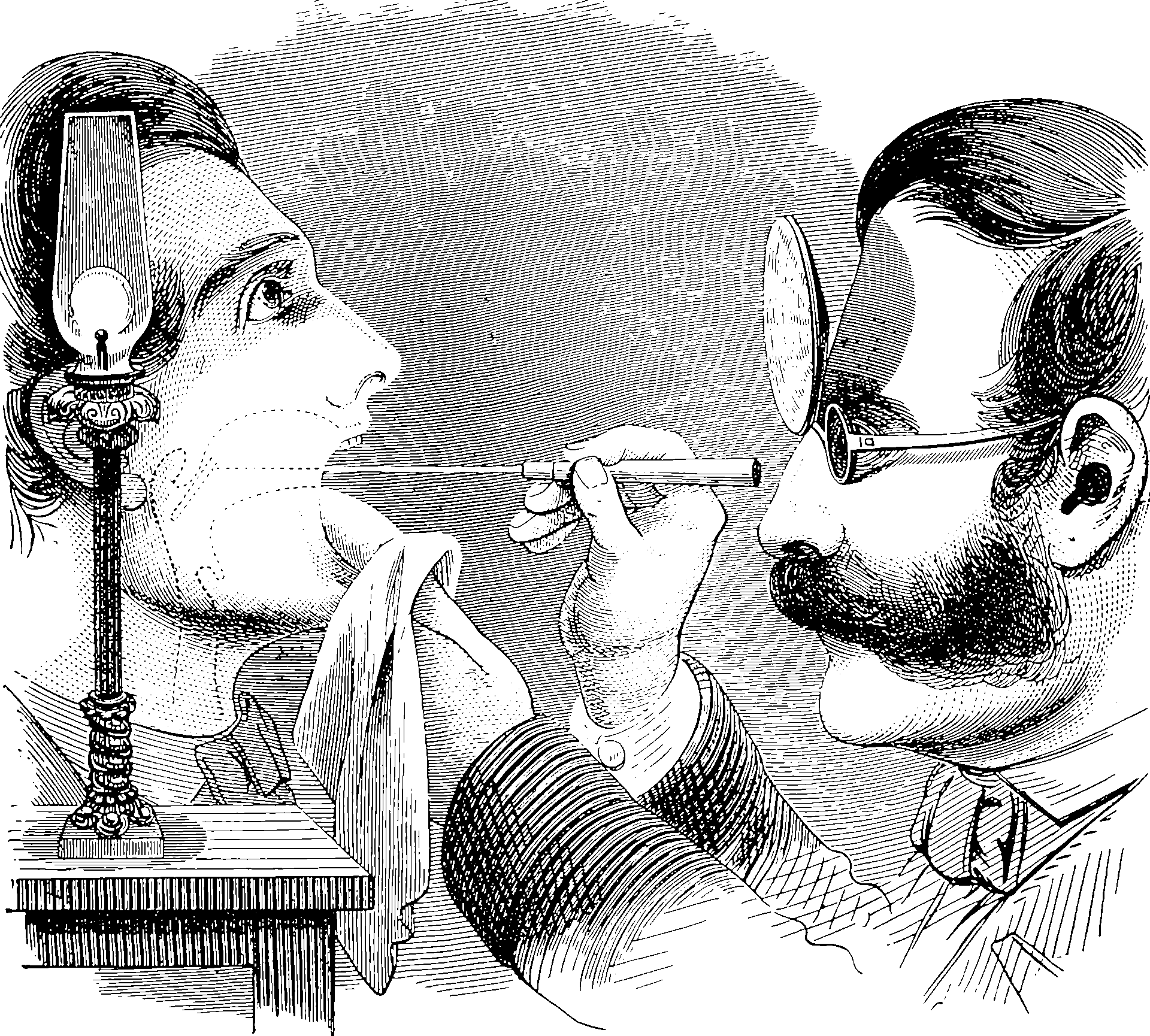Biological basis of language
Neurology, evolution and ecology of our memes
2018-01-11 — 2021-09-16
Wherein the neural foundations of language are surveyed in a laconic register, and the study of finch syntax is adduced as a concrete model, while links to predictive coding and transformer analogies are outlined.
A placeholder for squishy brain stuff about language. If I wanted to think about it from a multi-agent perspective, I might consider how a social brain playing language games. Or, I might wonder about predictive coding and how that would relate. We could also wonder if semantics has something to do with biology. My old lectured Ana Wierzbicka would say yes.
1 Neurology of language
See (Petersson, Folia, and Hagoort 2012; Pylkkänen 2019) for a review of the neural basis of language in humans. I’m quite charmed by how well the neural basis of syntax is studied in finches, e.g. Jin (2009).
2 Analogy with artificial neural networks
Mapping NLP to neurology is surely a thing, but I do not know much about it.
3 Evolution of language
See language games.
4 Computational complexity
See syntax. Or, these days, ignore all the classical theory and just think about how transformer do great at NLP in defiance of classic hopelessness.
5 Meaning
See semantics.
6 Incoming
“They’re using phrase-structure grammar, long-distance dependencies. FLN recursion, at least four levels deep and I see no reason why it won’t go deeper with continued contact. […] It doesn’t have a clue what I’m saying.”
“What?”
“It doesn’t even have a clue what it’s saying back,” she added.
Peter Watts, Blindsight
